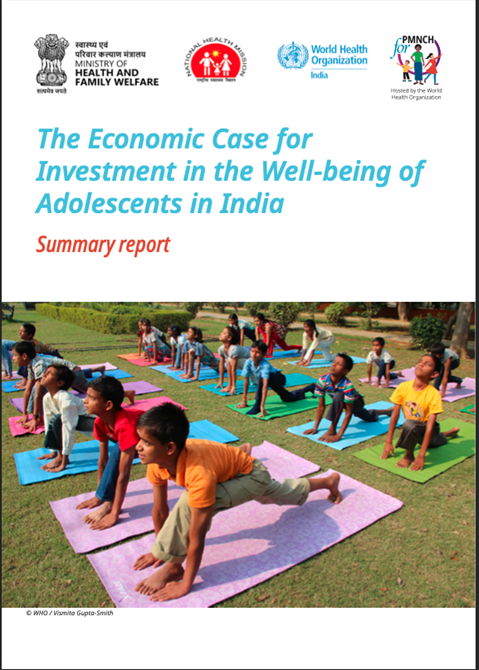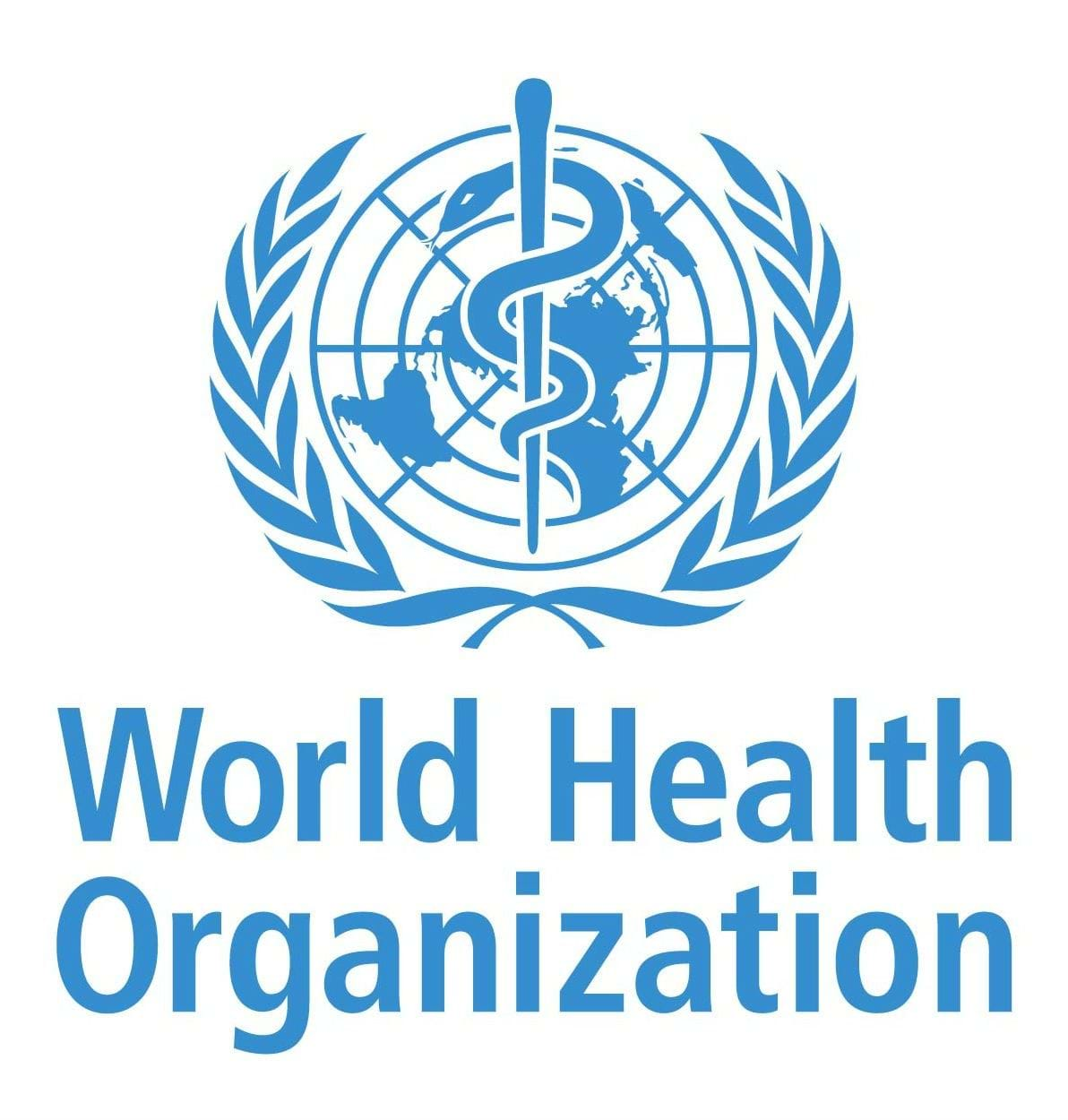The Economic Case for Investment in the Well-being of Adolescents in India
Summary Report

Overview
Every adolescent embarks on their journey through life with a unique blend of enthusiasm, curiosity, uncertainty, and confidence. Despite their individual paths, adolescents worldwide confront a range of challenges that will shape their futures.
From the persistent threats of climate change and economic instability to the sudden disruptions of pandemics and rapid technological advancements, the road ahead is filled with uncertainties that deeply affect their well-being. As advocates of the well-being of adolescents, it is our collective responsibility to support adolescents in all their diversity, providing them with the investment, opportunities, and care they need to thrive and lead meaningful lives.
This report arrives at a pivotal moment. India is currently experiencing rapid economic
development and undergoing several transitions. India stands at a unique juncture
with the largest adolescent population in the world. This young cohort is an invaluable
asset, and investing in their health and well-being will play a critical role in achieving the
country’s economic growth and development goals. The country has witnessed notable
achievements in advancing the health & well-being of adolescents and is building upon
these with a series of initiatives designed to sustain and accelerate these gains. This
report makes a compelling case for the need to invest further in adolescents and their
well-being as doing so advances development in multiple ways.
As we look ahead, just six years away from the deadline to achieve the Sustainable Development Goals (SDGs), the 2030 agenda of SDGs will not be realized without investment in adolescent health and well-being. Investing in adolescents’ well-being is not just a moral imperative; it is a strategic move to build resilient communities, foster sustainable development, and mitigate the high costs of inaction.
This report is a tool for ensuring enhanced and sustained financing for adolescents, providing a valuable framework for mapping out future actions and strategies. It will ensure that our collective efforts are both effective and impactful and India is able to reap the benefits of its demographic dividend. The report also sets out to strengthen the case for a holistic, multi sectoral programme of action to harness India’s biggest assets: its young population.

.png?sfvrsn=6d0e27cd_1)



